We proudly use CR39 Lenses as Standard! Here's why!
Understanding Your Prescription Details!
Demystifying Your Prescription: Understanding Your Glasses Prescription:
Introduction
Hey there, vision-seekers! If you've recently had an eye exam and walked away with a piece of paper covered in numbers and abbreviations, you might be wondering what it all means. Fear not, because in this article, we're going to demystify the world of eyeglass prescriptions and help you decode those cryptic symbols. Grab your favorite reading glasses (if you have them) and let's dive in!
Understanding the Basics
Before we decipher your prescription, it's essential to understand what those numbers represent. An eyeglass prescription typically consists of the following components:
1. OD and OS: These abbreviations stand for "oculus dexter" (right eye) and "oculus sinister" (left eye), respectively. Your prescription will include values for both eyes.
2. Sphere (SPH): The sphere value indicates the main correction you need for nearsightedness (if it's a negative number) or farsightedness (if it's a positive number). This is the primary power of your lenses, measured in diopters (D).
3. Cylinder (CYL): The cylinder value is all about astigmatism. It measures the amount of lens power needed to correct the irregular curvature of your cornea or lens. It's also measured in diopters and can be either positive or negative.
4. Axis: The axis value accompanies the cylinder and defines the orientation of the cylindrical correction needed. It's measured in degrees, ranging from 0 to 180.
5. Add: If you're over 40 and experiencing difficulty with close-up vision (presbyopia), you'll have an "add" value in your prescription. It indicates the additional magnifying power needed for reading or other close tasks.
6. Prism and Base: These values are less common and are used to correct eye alignment issues, such as double vision. They're represented in prism diopters (Δ) and direction (Base).
Cracking the Code
Now that we've covered the basics, let's break down a sample prescription:
OD: -2.00 -1.00 x 90
OS: -1.50 -0.75 x 180
Add: +2.00
In this example:
- The right eye (OD) has a sphere power of -2.00, with a cylinder of -1.00 at an axis of 90 degrees.
- The left eye (OS) has a sphere power of -1.50, with a cylinder of -0.75 at an axis of 180 degrees.
- If you're over 40, you'll also have an "add" value, which here is +2.00 for both eyes, indicating the additional power needed for reading.
Conclusion
Reading a glasses prescription may seem like decoding a secret language at first, but it's not as complex as it appears. Armed with the knowledge of the basic components and their meanings, you can confidently choose the right eyeglasses to help you see the world more clearly. Don't hesitate to consult with your eye care professional for any clarifications or recommendations regarding your prescription. So embrace your new glasses, and enjoy the world with improved vision! For more information, or any help please feel free to reach out!
Thank you! Leah and Gene - The Team, 4 Eyes Optical
PHONE: +614298946454
EMAIL: theteam@4eyesoptical.com.au

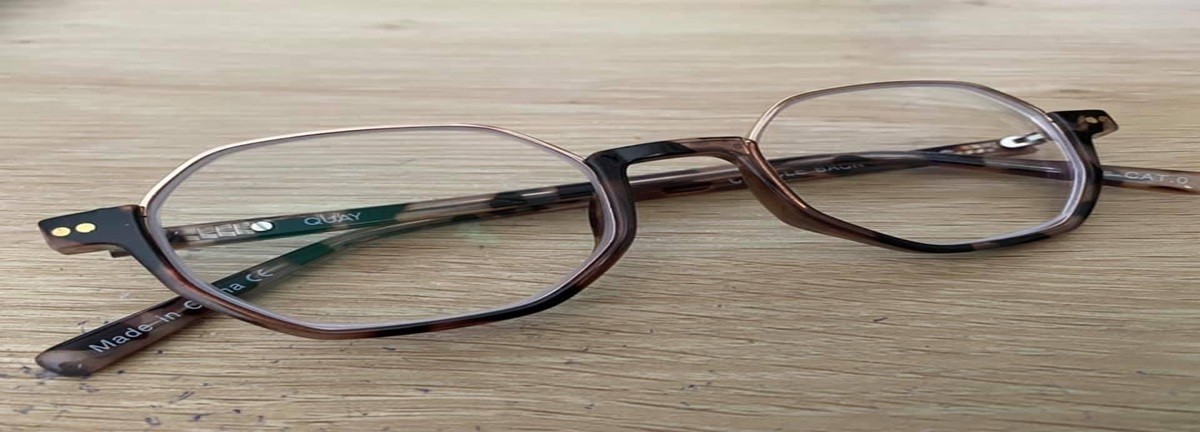


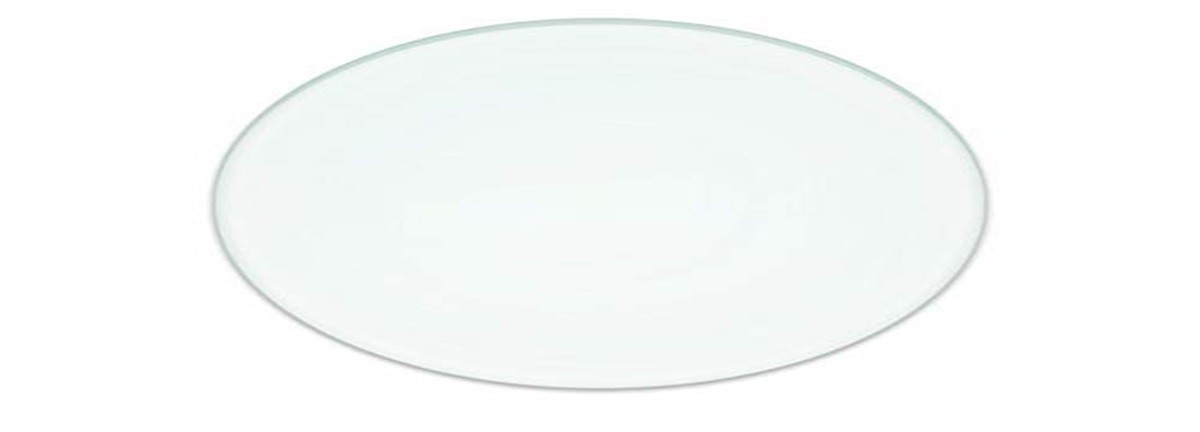
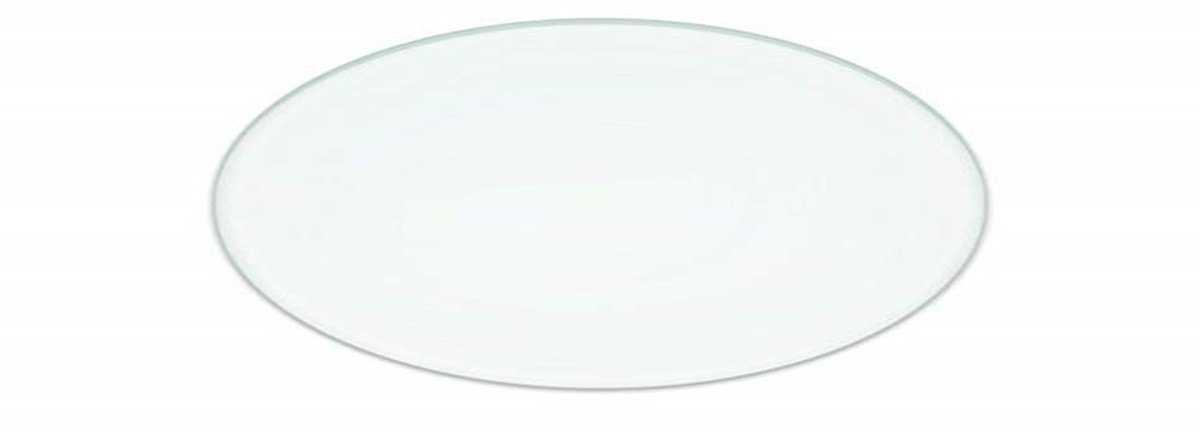

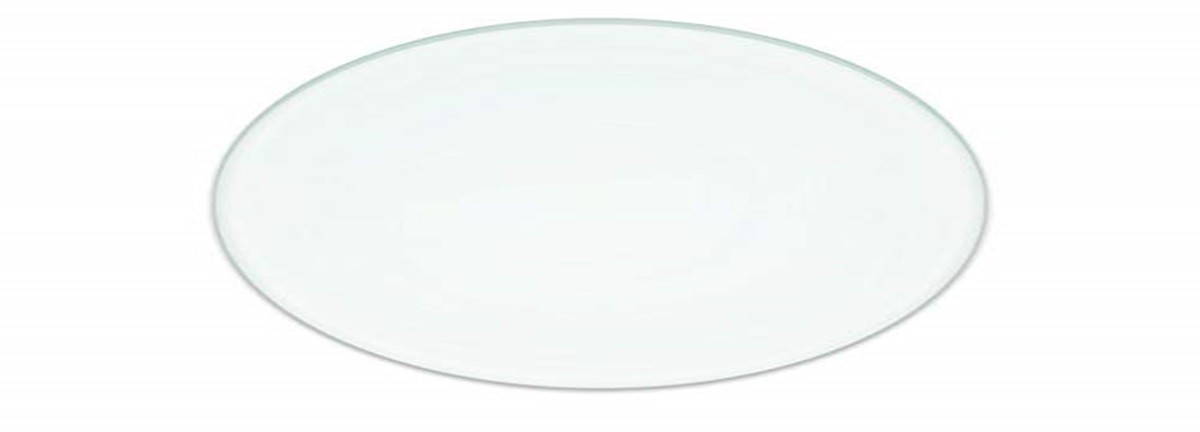

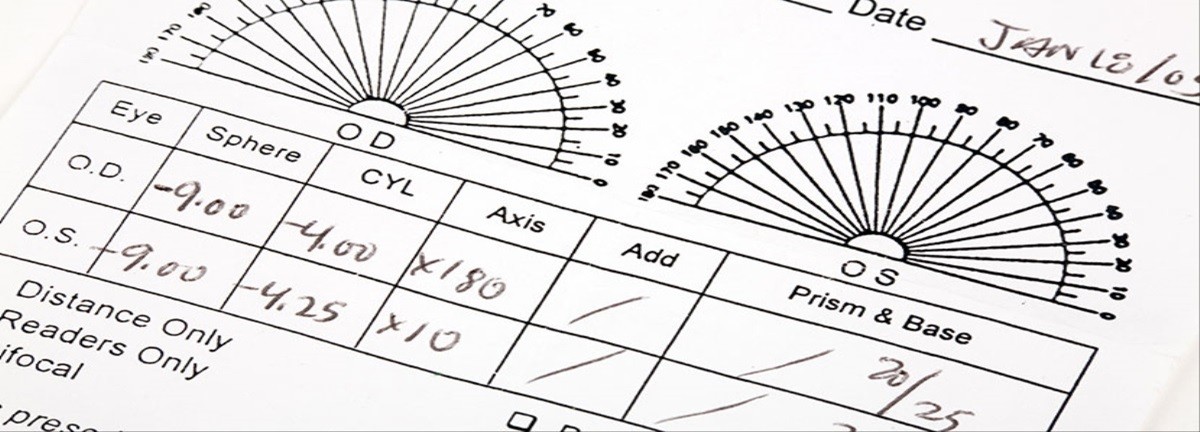





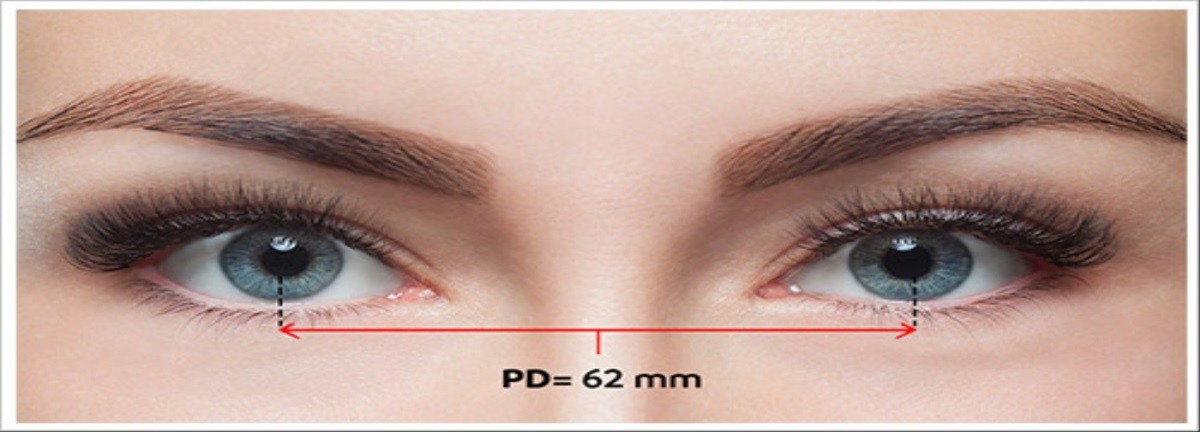
Leave a comment